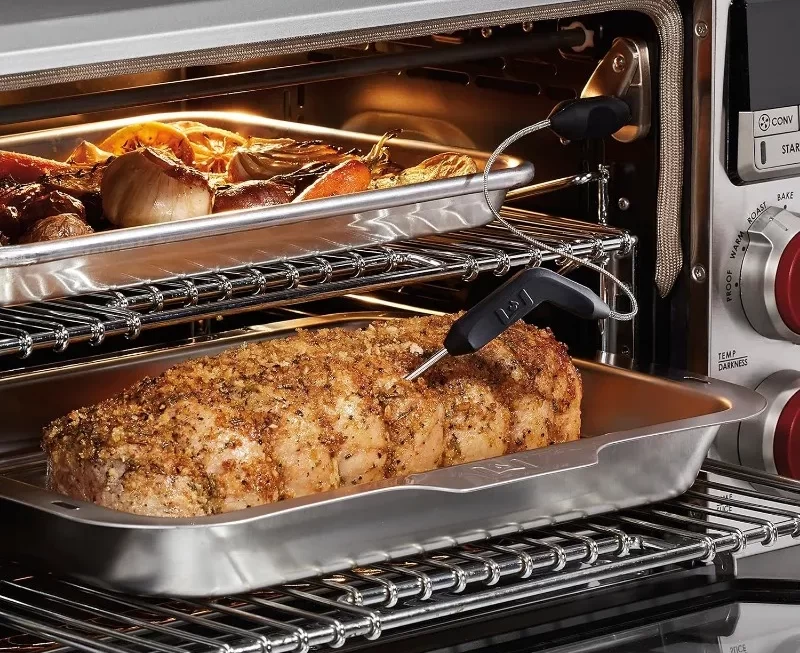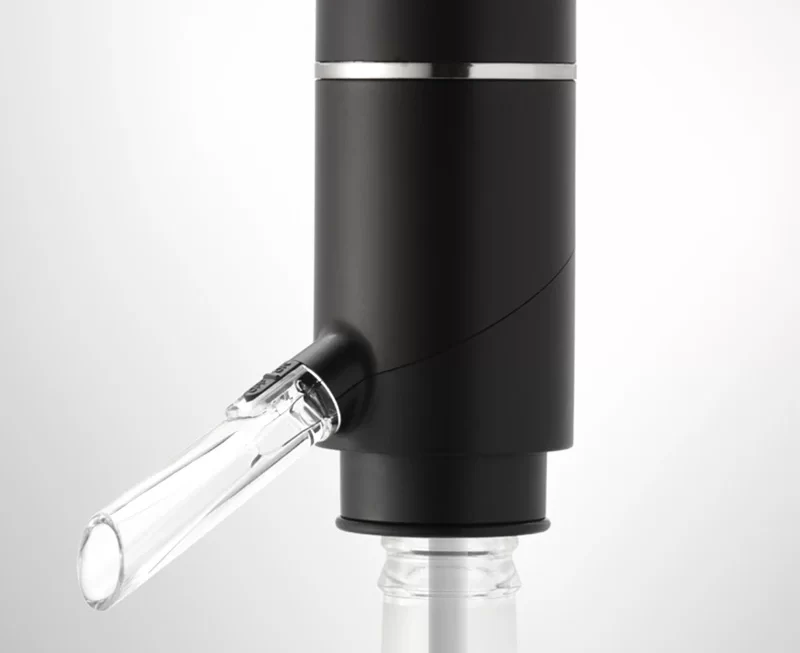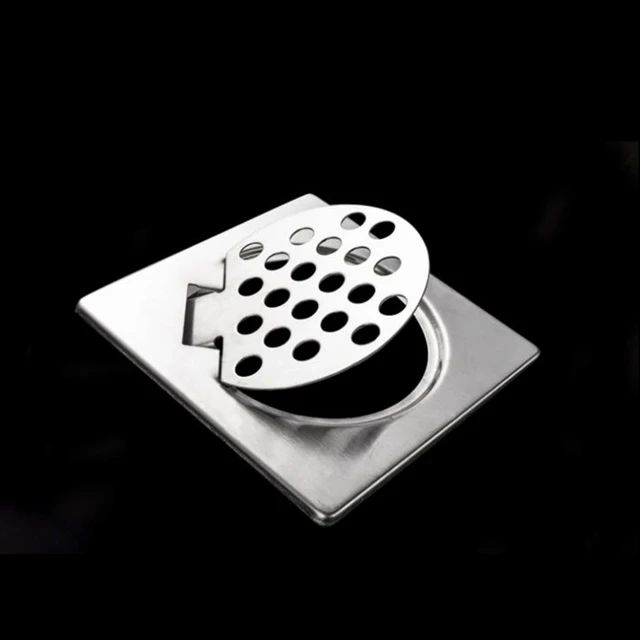Microwaves have become an essential part of modern kitchens. They save time, energy, and effort. Among the various types of microwaves available, small microwaves stand out for their convenience and space-saving features. This article will explore the benefits of small microwave, their various uses, shopping tips, maintenance needs, and much more.
 1. Introduction to Small Microwaves
1. Introduction to Small Microwaves
Small microwaves are compact appliances designed for quick heating and cooking. They are ideal for people with limited kitchen space. Whether you live in a small apartment, a dorm room, or just want a secondary microwave, small microwaves can fit your needs perfectly.
1.1 The Rise in Popularity
Over the years, small microwaves have gained fame due to their portability and versatility. Many people now prioritize convenience in their daily lives. As such, a small microwave becomes a must-have kitchen gadget.
1.2 Key Features
Small microwaves typically feature simple controls, auto-cook options, and fast heating technology. Their size allows them to be easily relocated. They often come in various designs and colors to match your kitchen décor.
2. Benefits of Small Microwaves
Small microwaves provide numerous advantages for users. Here, we discuss the main benefits that make them appealing.
2.1 Space Saving
One of the most significant benefits of a small microwave is its space-saving ability. They can easily fit on a countertop, in a cupboard, or even in a small kitchen cart. This flexibility makes them ideal for those living in tight quarters.
2.1.1 Perfect for Small Kitchens
If you have a small kitchen with limited counter space, a small microwave can be your best friend. You can use it to heat up leftovers, defrost food, or even cook quick meals without using additional pots and pans.
2.1.2 Portability
Small microwaves are light and easy to move. This means you can take them with you when you move homes or even on trips. Many models are lightweight enough to bring to a camping site if you have access to electricity.
2.2 Time Efficiency
In a fast-paced world, time is crucial. Small microwaves are built for quick heating. They can warm up food in minutes, making them perfect for busy lifestyles.
2.2.1 Quick Meals
Instead of spending time cooking on the stove, you can use a small microwave to prepare meals in a fraction of the time. Microwave-ready meals and snacks are widely available.
2.2.2 Easy Snack Preparation
For people who are busy or on the go, preparing snacks can also take too long. A small microwave can heat popcorn, nachos, or even melt butter in seconds, providing you with quick snack options.
2.3 Affordability
Small microwaves are generally more affordable than full-sized models. This is an excellent benefit for students or anyone on a budget.
2.3.1 Cost-Effective Options
You can find small microwaves in various price ranges. Many models are affordable but still offer enough features for general cooking tasks.
2.3.2 Energy Efficiency
Small microwaves use less power than larger ones. This means lower electricity bills over time and less impact on the environment.
3. Uses of Small Microwaves
Small microwaves are incredibly versatile and can be used for various cooking tasks.
 3.1 Heating Food
3.1 Heating Food
The primary use of any microwave is to heat food. Small microwaves excel at this task, making them perfect for reheating leftovers.
3.1.1 Reheating Leftovers
It is common to have leftover meals from previous dinners. A small microwave allows you to reheat these meals quickly.
3.1.2 Cooking Frozen Meals
Many frozen meals are designed to be prepared in the microwave. Small microwaves can cook these meals in minutes, providing you with an easy dinner option.
3.2 Cooking and Baking
While small microwaves are primarily for heating, many can also cook and bake.
3.2.1 Simple Recipes
You can create simple recipes using a small microwave. For example, you can quickly make scrambled eggs or microwave mug cakes.
3.2.2 Steaming Vegetables
Instead of using a stove to steam vegetables, you can place them in a microwave-safe container and microwave them for a few minutes.
3.3 Defrosting
Defrosting food can be time-consuming in the refrigerator. A small microwave can quickly defrost meat or other food items.
3.3.1 Quick Thawing
Most small microwaves come with a defrost setting. This feature allows you to thaw food without cooking it, saving time and ensuring even results.
3.3.2 Meal Prep Convenience
Defrosting foods quickly makes planning meals much easier. It allows you to prepare your meals efficiently without waiting hours.
 4. Choosing a Small Microwave
4. Choosing a Small Microwave
When selecting a small microwave, there are several factors to consider.
4.1 Size and Space
The first thing to consider is the size of the microwave. Measure available space in your kitchen before making a decision.
4.1.1 Dimensions Matter
Make sure the microwave fits comfortably in the chosen space. It should not be too big that it crowds other appliances or too small that it is not functional.
4.1.2 Counter Space
Think about how much counter space you have. Ideally, choose a location that allows easy access while keeping enough area free for cooking and meal prep.
4.2 Power Ratings
Power ratings significantly affect cooking times. Most small microwaves range from 600 watts to 1200 watts.
4.2.1 Cooking Time
Higher wattage translates to faster cooking times. For example, a 1000-watt microwave will cook food quicker than a 700-watt model.
4.2.2 Energy Use
Understand the energy use of different power ratings. Higher wattage microwaves may use more electricity, but they also save you time.
4.3 Features
Many small microwaves come with essential features that enhance cooking efficiency.
 4.3.1 Pre-set Cooking Options
4.3.1 Pre-set Cooking Options
Some small microwaves offer pre-set options for heating specific food types, such as popcorn or baked potatoes. These features simplify the cooking process.
4.3.2 Turntable
A turntable helps cook food evenly in the microwave. Look for models that include this feature for better results.
5. Maintenance and Care
Proper maintenance can extend the life of your small microwave.
5.1 Regular Cleaning
Keeping your microwave clean is crucial for performance.
5.1.1 Wipe Down After Use
Make it a habit to wipe down the microwave’s interior after each use. This prevents the buildup of food residue and odors.
5.1.2 Use Mild Cleaners
When deep cleaning, use mild cleaners and avoid abrasive materials to prevent damage.
5.2 Handling Food Safely
Safety is essential when using a microwave.
5.2.1 Use Microwave-Safe Containers
Always use microwave-safe containers. Avoid using metal or non-microwave-safe plastics that may melt or leach harmful chemicals.
5.2.2 Cover Food
Cover food when microwaving to prevent splatter. This makes cleanup easier and keeps the microwave cleaner.
The trend towards small microwaves
The trend towards small microwaves is gaining popularity for several reasons:
Space Efficiency: As living spaces become more compact, particularly in urban areas, consumers are seeking appliances that fit into smaller kitchens without sacrificing functionality.
Versatility: Many small microwaves come with multiple functions, allowing them to not only heat food but also to bake, grill, or even steam, making them suitable for a variety of cooking needs in limited space.
Energy Efficiency: Smaller appliances typically consume less energy, appealing to environmentally conscious consumers looking to reduce their carbon footprint and electricity bills.
Affordability: Smaller microwaves often come at a lower price point, making them an attractive option for students, young professionals, or families on a budget.
Aesthetic Appeal: Compact and stylish designs can enhance kitchen décor, attracting consumers who value both functionality and aesthetics.
Convenience: With busy lifestyles, small microwaves provide a quick and easy way to prepare meals or snacks without taking up too much room.
Overall, the trend towards smaller microwaves reflects a shift in consumer preferences towards practicality, efficiency, and style in the kitchen.
Some maintenance tips for small microwaves:
Regular Cleaning: Wipe down the exterior and interior with a damp cloth regularly. Use mild detergent for tough stains. Avoid abrasive cleaners that can scratch surfaces.
Clean the Turntable: Remove the turntable and wash it with warm, soapy water. Ensure it’s dry before placing it back in the microwave.
Check the Seal: Inspect the door seal for any food debris or damage. Clean it gently with a damp cloth to ensure a proper seal when closed.
Avoid Metal: Never use metal containers or utensils as they can cause sparks and damage the microwave.
Keep It Ventilated: Ensure that the microwave has adequate ventilation around it to prevent overheating.
Monitor Usage: Avoid operating the microwave when it’s empty, as this can cause damage.
Use Microwave-Safe Containers: Always use containers labeled as microwave-safe to prevent melting or leaching harmful substances.
Check Power Cord: Periodically inspect the power cord for any signs of wear or damage and replace it if necessary.
Limit Heavy Usage: Avoid running the microwave for an extended period, which can overheat the components.
Follow Manufacturer’s Instructions: Always refer to the user manual for specific maintenance and care guidelines tailored to your model.
By following these tips, you can help prolong the life of your small microwave and maintain its performance.
 6. Conclusion
6. Conclusion
Small microwaves are an excellent addition to any kitchen, offering convenience, versatility, and affordability. They save space and time while allowing for various cooking options. When choosing a small microwave, consider size, power ratings, and features that best fit your lifestyle. With proper care and maintenance, a small microwave can serve you well for years to come.
Investing in a small microwave is a smart decision for anyone looking to enhance their cooking experience. So why wait? Explore your options today and find the perfect small microwave for your needs!



